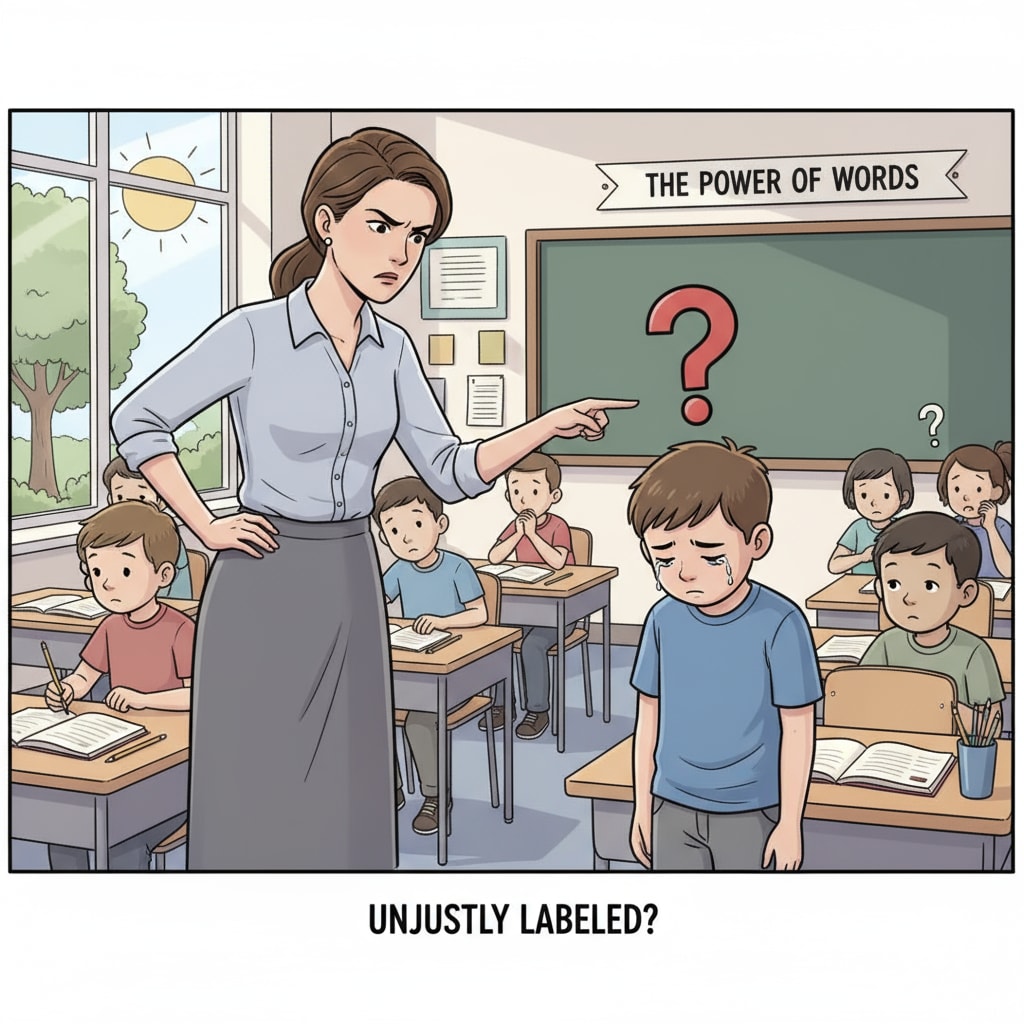The teacher-student relationship, campus injustice, and labeling effect are intertwined issues that significantly impact students’ growth. In K12 education, the phenomenon of teachers unfairly labeling students is a cause for concern. This practice can have far-reaching consequences, as it not only affects students’ academic performance but also takes a toll on their mental health.

The Origins of Unfair Labeling
Teachers may form quick judgments about students based on various factors. For example, a student who is quiet in class might be labeled as “uninterested” without considering that they could be introverted or simply processing information in their own way. According to American Psychological Association’s guidelines on student diversity, educators need to be aware of these potential biases. Teachers might also be influenced by past academic records or the behavior of a student on a single day, leading to the unjust assignment of labels.
The Vicious Cycle of the “Problem Student” Label
Once a student is labeled as a “problem student,” a negative cycle often begins. Teachers may pay less attention to these students, providing fewer opportunities for them to participate in class activities. As a result, the students may lose motivation and their academic performance can decline. This further reinforces the teacher’s initial perception, creating a self-fulfilling prophecy. For instance, a student who is constantly told they are “troublemakers” may start to act out more, believing that’s how they are seen. As described in this article on labeling theory in education, this cycle can be extremely difficult to break.

The long-term impact on students’ mental health cannot be overstated. Being labeled unfairly can lead to feelings of low self-esteem, anxiety, and even depression. Students may start to question their own worth and capabilities, which can have lasting effects on their self-concept. In addition, it can also affect their social relationships, as they may become more withdrawn or defensive.
In conclusion, it is crucial for educators to reflect on their behavior and avoid unfair labeling of students. By building a more just teacher-student relationship, we can help students reach their full potential and ensure a healthy and positive learning environment.
Readability guidance: Using short paragraphs and lists helps summarize key points. Each H2 section provides a clear focus. By controlling the proportion of passive voice and long sentences, and adding transition words like “however,” “therefore,” “in addition,” “for example,” and “as a result,” the article becomes more coherent and easier to read.


